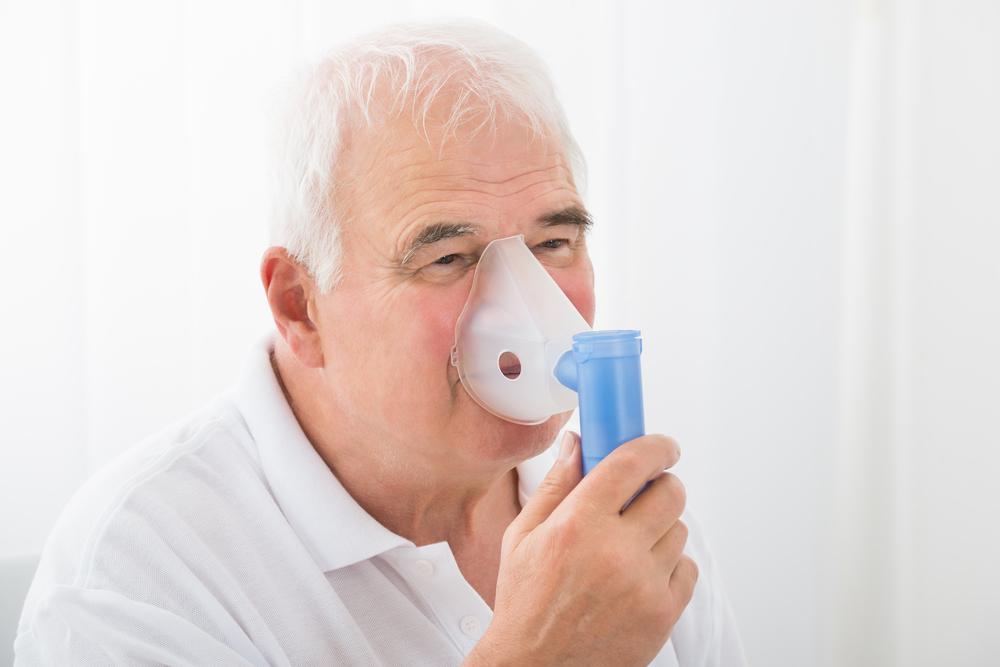Comprehensive Guide to COPD: Causes, Symptoms, and Effective Management Strategies
This comprehensive guide explores COPD's causes, early symptoms, and management strategies. It emphasizes early detection, lifestyle changes, and medical treatments to improve quality of life for those affected. Understanding risk factors like smoking and pollution is vital for prevention. The article offers valuable insights into managing COPD effectively and highlights the importance of early diagnosis to slow disease progression and enhance respiratory health.

An In-Depth Exploration of COPD: Understanding Causes, Symptoms, and Management Techniques
Chronic Obstructive Pulmonary Disease (COPD) is a complex and progressive respiratory condition characterized by persistent airflow limitation. It primarily affects the lungs, leading to breathing difficulties and a significant decline in quality of life for millions worldwide. COPD includes various lung diseases such as chronic bronchitis, emphysema, and, in some cases, overlaps with asthma. Despite its prevalence — with over 11 million diagnosed cases in many countries — awareness about the disease remains limited among the general population. Many individuals remain undiagnosed until their condition becomes severe, underscoring the importance of understanding early signs, causes, and management options.
This comprehensive guide aims to educate readers about COPD’s causes, risk factors, early symptoms, and available treatments. Recognizing the disease early can significantly improve patient outcomes. Implementing lifestyle modifications coupled with medical interventions can slow disease progression and improve daily functioning. Moreover, understanding the importance of early diagnosis, lifestyle changes, and supportive therapies can empower individuals to take control of their respiratory health.
What Are the Primary Causes of COPD?
Understanding what leads to COPD is fundamental for both prevention and early detection. The development of COPD is multifactorial, involving environmental exposures, genetic factors, and lifestyle choices. Key contributors include:
Prolonged Exposure to Tobacco Smoke: The leading cause of COPD worldwide, tobacco smoke damages lung tissues and impairs airway function. Both active smokers and individuals exposed to secondhand smoke are at increased risk.
Occupational and Environmental Pollutants: Chronic inhalation of dust, fumes, chemical vapors, and airborne pollutants at work or home can contribute significantly. Workers in industries involving mining, construction, or manufacturing are particularly vulnerable.
Genetic Predisposition: A rare genetic disorder called alpha-1 antitrypsin deficiency can predispose individuals to develop COPD at a younger age, even with minimal exposure to irritants.
Respiratory Infections: Recurrent respiratory infections during childhood or adulthood can damage lung tissue and increase the likelihood of developing COPD later in life.
Unhealthy Lifestyle Habits: Lack of exercise, poor nutrition, and exposure to indoor air pollution, such as cooking fumes from biomass fuels, also play a role in disease development.
Recognizing the Symptoms of COPD
Early diagnosis of COPD hinges on recognizing its initial symptoms, which are often subtle and mistaken for common colds or aging. Being vigilant about these signs can facilitate early intervention, which is vital for slowing disease progression. Key symptoms include:
Persistent Cough: Often termed a 'smoker’s cough,' this is one of the earliest signs. It tends to be worse in the morning and may produce mucus.
Shortness of Breath: Especially during physical activity or exertion, this symptom gradually worsens over time.
Frequent Respiratory Infections: Recurrent bronchitis or pneumonia episodes are common among COPD patients.
Wheezing and Chest Tightness: These can be indicative of airway constriction and inflammation.
Fatigue: Reduced oxygen intake can lead to general tiredness and weakness.
It’s crucial to seek medical attention if these symptoms persist, particularly if you have known risk factors such as smoking or occupational exposures. Early diagnosis allows for more effective management and a better quality of life.
Management Strategies for COPD
Although there is currently no cure for COPD, various treatments can control symptoms, prevent complications, and improve overall health. Early intervention and adherence to management plans are key to living well with COPD. Here are essential strategies:
Medical Treatment Options
Medical interventions form the cornerstone of COPD management. These include:
Bronchodilators: Short-acting and long-acting inhalers that relax airway muscles, making breathing easier.
Inhaled Steroids: Reduce airway inflammation, particularly during exacerbations.
Combination Therapies: Using multiple medications tailored to disease severity improves symptom control.
Anti-inflammatory Agents: For certain patients, to reduce lung inflammation.
Oxygen Therapy
For patients experiencing low blood oxygen levels (hypoxemia), supplemental oxygen can greatly enhance quality of life and longevity. Oxygen therapy helps the heart and lungs work more efficiently, alleviating symptoms like fatigue and breathlessness. However, long-term oxygen therapy requires proper assessment by healthcare professionals to avoid potential side effects, such as oxygen toxicity.
Pulmonary Rehabilitation
Comprehensive pulmonary rehabilitation programs combine education, physical activity, and psychological support. Such programs are designed to improve respiratory function, increase exercise tolerance, and reduce hospitalizations. Patients learn breathing techniques, energy conservation methods, and strategies to quit smoking, which are vital components of holistic COPD management.
Psychosocial Support and Lifestyle Changes
Living with COPD can be emotionally challenging. Psychological support through counseling or support groups helps patients cope better with chronic illness. Additionally, lifestyle modifications—including quitting smoking, maintaining a balanced diet, and engaging in safe, regular exercise—are critical. Avoiding lung irritants and ensuring good indoor air quality can further reduce symptom severity.
The Role of Early Detection and Prevention
Early detection is paramount in managing COPD effectively. Regular check-ups, especially for high-risk groups such as current or former smokers, can identify early lung function decline. Diagnostic tests like spirometry are essential tools for confirming COPD diagnosis. Preventive measures, including smoking cessation programs and reducing exposure to airborne irritants, are vital in slowing disease development.
Public health initiatives aimed at educating populations about COPD risk factors and early signs can result in earlier interventions, thereby reducing the burden of disease. Educating individuals about avoiding tobacco smoke, pollutants, and respiratory infections plays a significant role in prevention.
Conclusion
Understanding COPD—its causes, early symptoms, and management options—is crucial for improving patient outcomes. While no cure exists yet, early diagnosis combined with effective treatment strategies can control symptoms, prevent complications, and enhance quality of life. Lifestyle modifications, medical therapies, and supportive care form an integrated approach to living well with COPD. Proactive health management, coupled with public awareness, can significantly reduce the impact of this chronic lung disease on individuals and healthcare systems alike. If you experience persistent respiratory symptoms or have risk factors, consult a healthcare professional promptly to explore appropriate diagnostic and treatment options.





